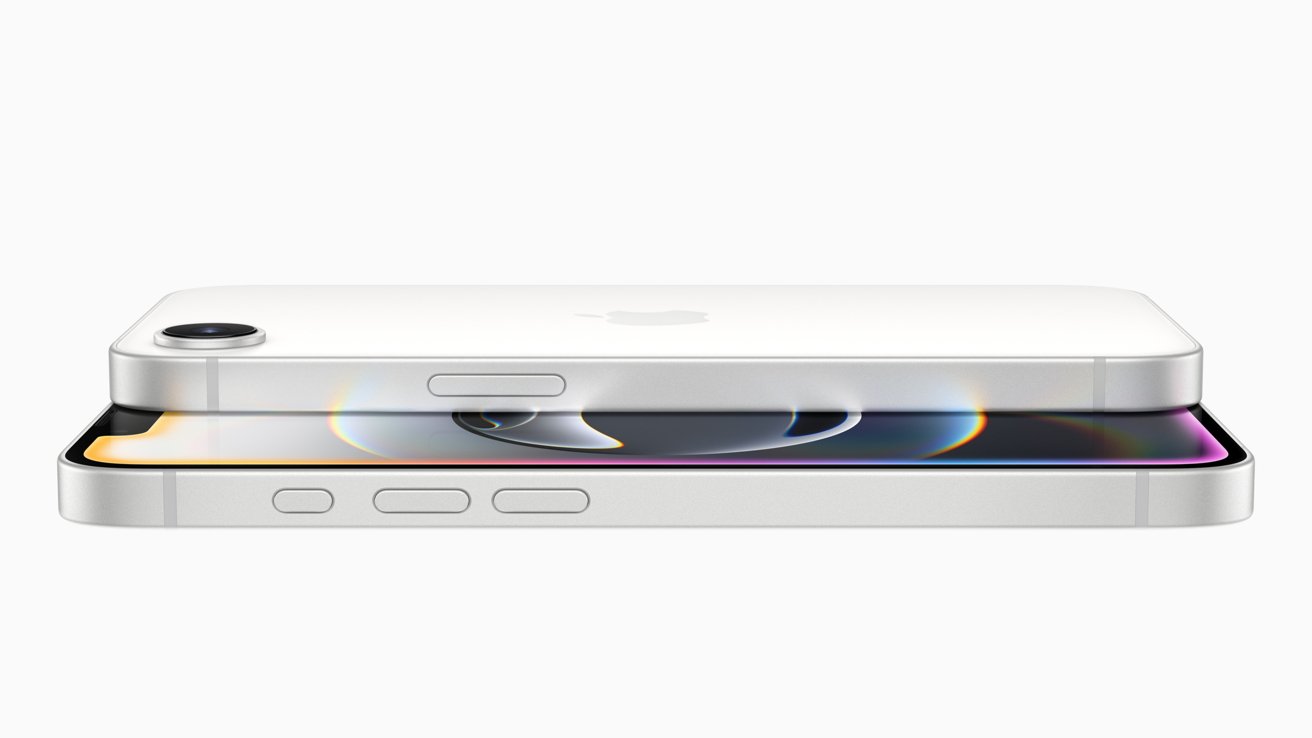More iPhone owners upgraded their devices this spring, according to a new report that points to consumer behavior Tim Cook recently dismissed during Apple’s earnings call.
More iPhone owners than usual traded in their older devices in the spring of 2025. The shift appears to be driven by concerns over rising prices, despite Apple Chief Executive Officer Tim Cook telling investors he hasn’t seen signs of tariff-related buying behavior.
According to Consumer Intelligence Research Partners (CIRP), 39% of U.S. iPhone buyers in the first quarter of 2025 replaced phones that were at least three years old. That’s up from 30% in the same period over the past few years.
CIRP suggests the shift may reflect tariff anxiety, though the firm didn’t survey customers or directly confirm buyer motivations. It’s a plausible theory, but without more detail, it’s just that.
What the data does show is that many people were still using older models like the iPhone 11 and iPhone 12. These devices still perform well, suggesting users weren’t upgrading for flashy new features.
Instead, they reacted to broader concerns about timing and affordability. Despite a soft smartphone market, Apple’s sales at major U.S. carriers rose from 70% in the first quarter of 2024 to 72% this year.
That growth was driven in part by value-focused models like the iPhone 16e, which offers updated performance at a lower price, along with aggressive carrier promotions. Several U.S. carriers reported a sales bump in March and April, hinting that buyers were trying to beat potential price hikes.
Apple helped stretch out the upgrade cycle
The end of two-year carrier contracts changed how people buy phones. Without regular subsidies, customers became more cautious.
Apple reinforced the shift by building durable devices and offering years of iOS updates. Many users now hold onto their phones until they have no other choice.
Verizon’s chief financial officer recently said that customers upgrade their phones every 42 months on average, or just over three years. That means most buyers need a compelling reason to make a change.
Lately, Apple hasn’t consistently provided one. New iPhones bring steady improvements, but not always enough to persuade late adopters. In this case, external pressure like tariffs appears to have nudged them forward.
This wasn’t about brand loyalty
The recent spike in upgrades didn’t come from super-fans chasing the latest model. It came from budget-conscious customers making pragmatic decisions, which is normally the case following the Christmas buying season.
These buyers don’t upgrade unless they have to. Many see a new phone as a long-term investment, not a yearly routine.

iPhone 16e
With escalating tariffs on Chinese electronics, including a universal 10% import duty and an additional 145% levy on Chinese goods, some users may have decided to upgrade their aging phones early to avoid potential price increases.
Apple says it hasn’t noticed the change
On Apple’s April 30 earnings call, CEO Tim Cook downplayed the impact of tariffs on consumer behavior, saying he hadn’t seen evidence of panic buying. He acknowledged a potential $900 million hit from proposed tariffs this quarter but said Apple could offset the impact through pricing and supply chain adjustments.
The problem for Apple is that many of these buyers won’t be back soon. If someone just upgraded from a phone they used for four or five years, they’re not likely to line up for the iPhone 17 this fall.
That means Apple may have pulled future sales forward without changing long-term upgrade habits.
To maintain momentum, the company will need more than outside pressure. Programs like Apple GiveBack and Apple Card Monthly Installments lower the barrier to entry, but they don’t solve the core problem.
Many practical users still don’t see enough value in upgrading every year. Apple benefited from a brief burst in demand, but turning short-term urgency into long-term loyalty remains its bigger challenge.


